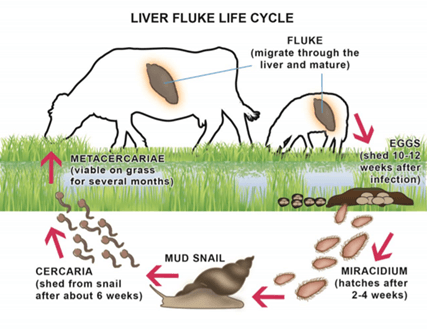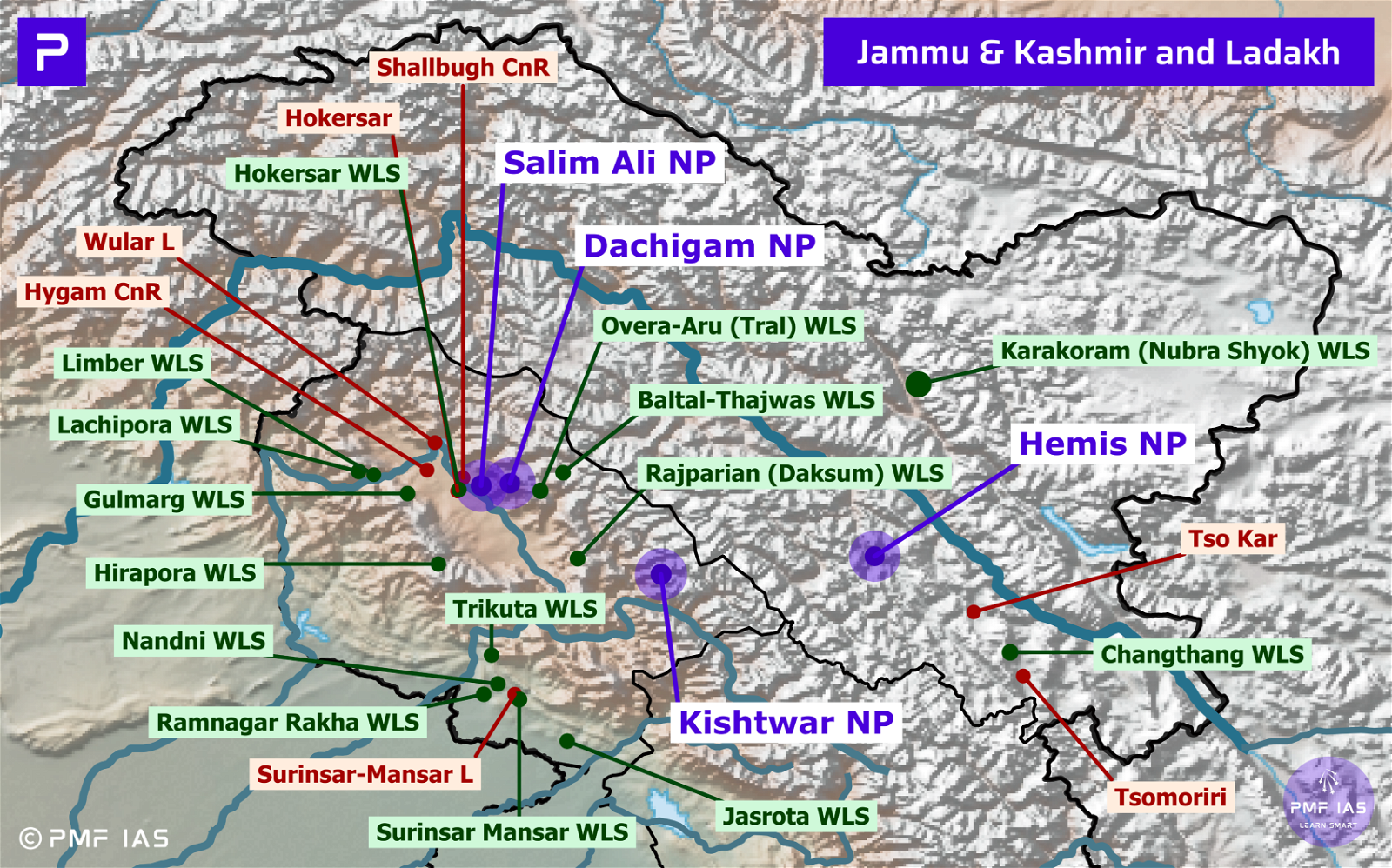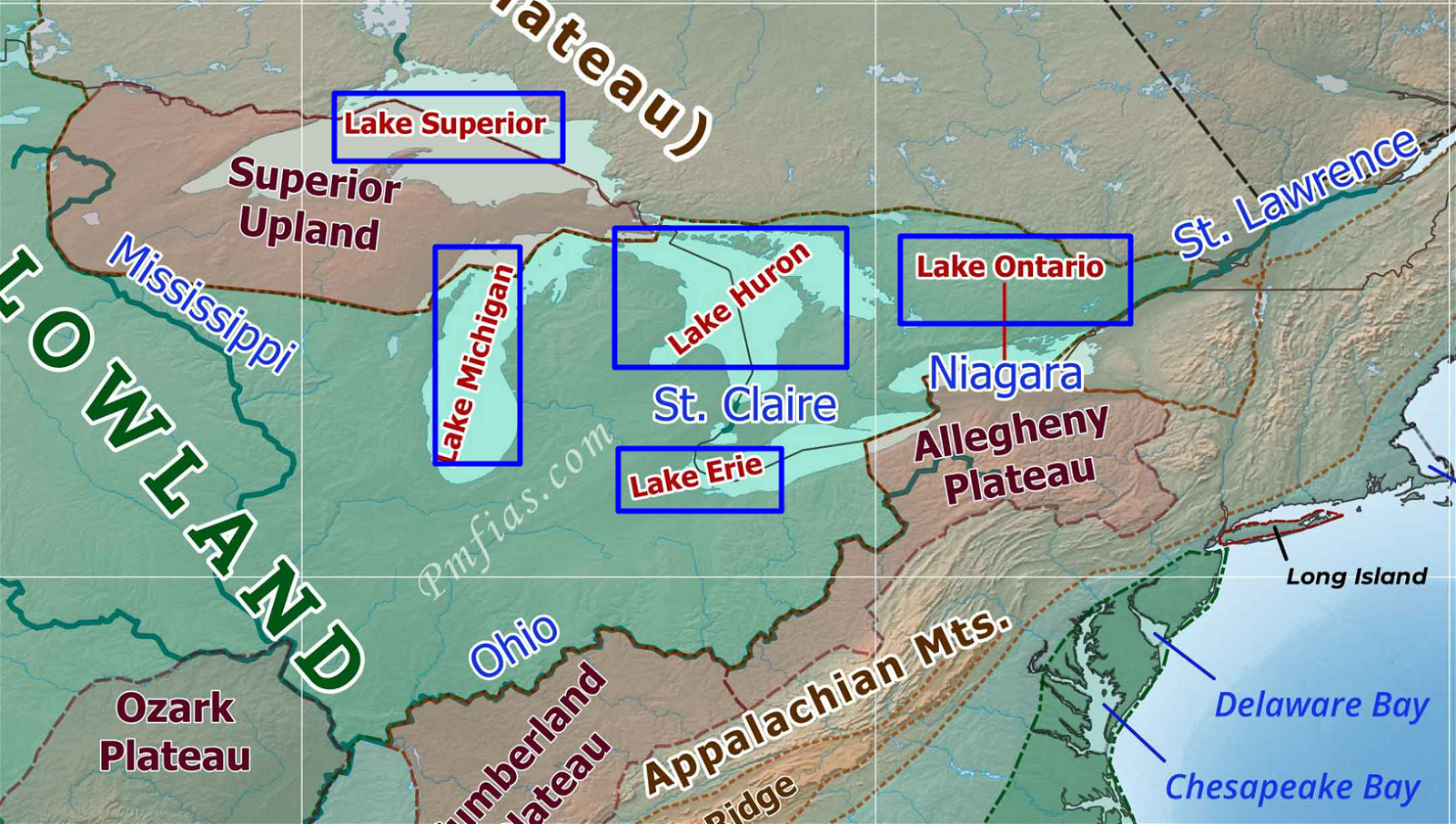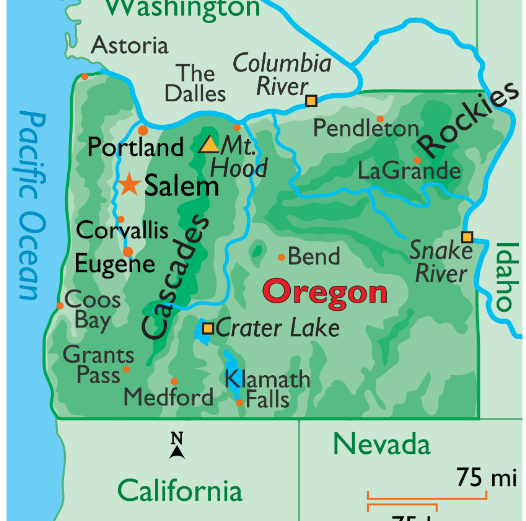
Liquid Nitrogen
Subscribe to Never Miss an Important Update! Assured Discounts on New Products!
Must Join PMF IAS Telegram Channel & PMF IAS History Telegram Channel
- Context (TH): FSSAI instructed Food Safety Officers to take enforcement action against any Food Business Operator who is using liquid nitrogen for direct consumption along with food items.
- Liquid nitrogen is inert, colorless, odorless, noncorrosive, nonflammable, and extremely cold.
- Industrial production of pure liquid nitrogen is achieved by distilling it from liquid air. To get the air to a liquid state, it undergoes a liquefaction process by means of strong compression by pistons, and then it is cooled to very low temperatures.
- Liquid nitrogen is formed when nitrogen is cooled to temperatures far below zero (below -195.8°C).
Applications of Liquid Nitrogen
- It is used in cryotherapy to remove skin abnormalities and serves as a source of dry gas.
- Freezing and transporting of food products.
- Cooling of superconductors like vacuum pumps, and other equipments.
- Cryopreservation of blood, biological samples like eggs, sperm, and animal genetic samples.
- Cryosurgery (removing dead cells from the brain).
- Creating Nitrogen fog, making ice cream, flash-freezing.
Hazards
- It has a large expansion ratio on evaporation. Even a small volume of liquid nitrogen can cause oxygen deficiency in the body.
- Liquid nitrogen can scorch the organ or part of the body it contacts, making it appear like frostbite.
- It can damage the lips, tongue, throat, lungs, and stomach and may cause lesions or burn tissues.
- If it reaches the stomach, the organ could get perforated.
- In the lungs, it could produce CO2 and the person could become unconscious.




![PMF IAS Environment for UPSC 2022-23 [paperback] PMF IAS [Nov 30, 2021]…](https://pmfias.b-cdn.net/wp-content/uploads/2024/04/pmfiasenvironmentforupsc2022-23paperbackpmfiasnov302021.jpg)











